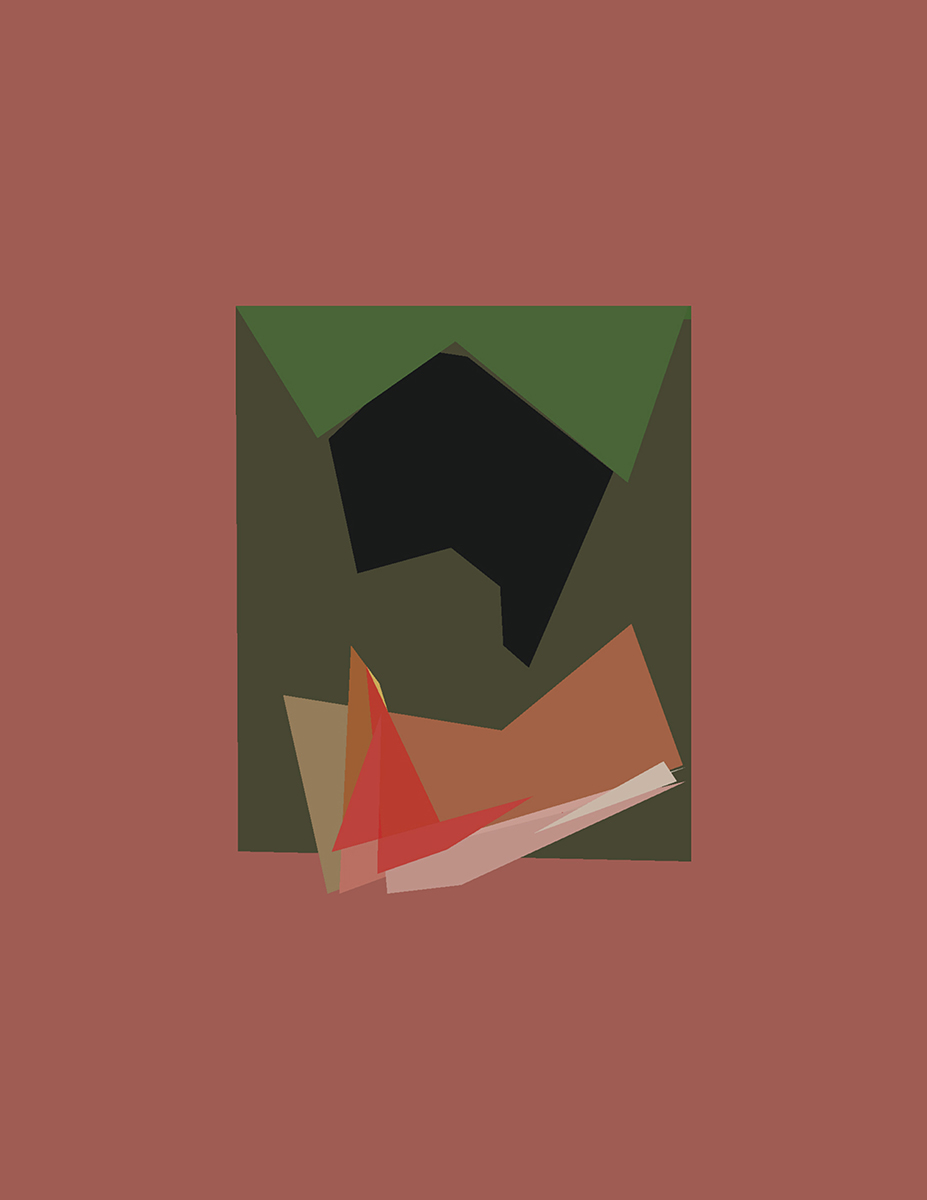We caught up with Qiana Mestrich to discuss her series 'The Black Doll Series' being shown as part of Photo 50 at London Art Fair, 2018.
PW: Could you describe how you came to Photography and image making?
QM: I was fortunate to start with formal training in wet darkroom/b&w film photography for 3 years in high school when I was enrolled at the Emma Willard School, an all-girls boarding school in upstate New York. My freshmen year houseparent Cheryl gave me my first 35mm camera (a Minolta X700) for which I am forever indebted to her.
My photography teacher, Mark Van Wormer, still teaches at the school and he was/is an invaluable resource. I was a shy, insecure child. Photography gave me a voice and helped me understand the world beyond my own mind.
PW: Would you be able to describe your practice and your main concerns with your work?
QM: My work usually begins with research including reading passages from scholarly texts or sourcing from various public and personal archives. The artistic process that follows is a kind of constant conversation I have with myself about the issues that arise during this research.
For the past 5 years, the output of this process has taken the form of conceptual photographs, artist books, some installation and I also like to reactivate archival and found photography, texts, and ephemera. I often use autobiography or family history as a starting place because there has been so little information passed down to me. Because of my own personal experiences or lack thereof (from which I think most artists create), I am obsessed with family heritage and deconstructing the imposed limitations of race. I’ve actually come to realize that all of my work is about responsibility.

PW: Your work The Black Doll series is being shown as part of Photo50 at London Art Fair. Could you talk us through this particular body of work?
QM: The Black Doll (2017) series is a collection of non-gestural, digital images rooted in the aesthetic tradition of geometric abstraction. Sourcing original imagery of black vintage dolls for sale on e-commerce sites like Etsy and eBay, the dolls have been abstracted beyond recognition and paired with their original item description as image captions.
The mass production of black dolls dates back centuries. With these “digital paintings” I am interested in the interplay between social representation and memory in relation to race and gender within children’s play. Abstraction is used here to interrupt the stereotypical representations of each doll, as noted in the captions.
PW: You describe your series as ‘digital paintings’. Could you explain more about the process of how you make your images?
QM: I’ve collected dozens of these dolls images, all of which are initially of web resolution which is one of the reasons why the final prints are only 8.5×11”. The appearance of the dolls is deconstructed very quickly in Photoshop and reduced to mere shapes that may suggest a (human) form. Except for a few, the colors within each image are predominantly warm and earthy which also relates to skin tone. This fleshy palette (sometimes represented as a color continuum) is a recurring theme in my work.
PW: The works are extremely abstract but force the audience to question their own visual memory bank of images to assess whether we make preconceived judgements about certain imagery. What do you hope to make the viewer feel or consider with your works?
QM: With this work I am interested in the interplay between the experience of viewing the images, reading the captions and then trying to reconcile both. Can color and geometric shape be used to fashion a less offensive representation of the black doll and ultimately, the black body, in the viewer’s mind? Can the viewer unsee their own mental archive of oppression?
I wonder if these images can trigger viewers to realize the lasting impact of racial stereotypes as seen throughout Western visual history/culture/media and how even the slightest trace of these images stored in our psyches have the potential to preserve biases against the “other”.
Lastly, as a mother of two, I can’t help but point to the role these toys would have played in indoctrinating children towards accepting racist beliefs.

PW: Finally, what’s next for you?
QM: This year I am excited to finish working on the book version of my photo blog, Dodge & Burn , to be published (hopefully) next year by Routledge/Focal Press. Also this fall, I will have my first solo show at sepiaEYE gallery. For anyone who’s interested I encourage you to sign up for my newsletter at www.qianamestrich.com for occasional updates on my work or feel free to connect with me on Instagram @qianamestrich or Twitter @mestrich. Thanks!
For more from our Ideas Series, click here.
For more from Qiana, click here.


